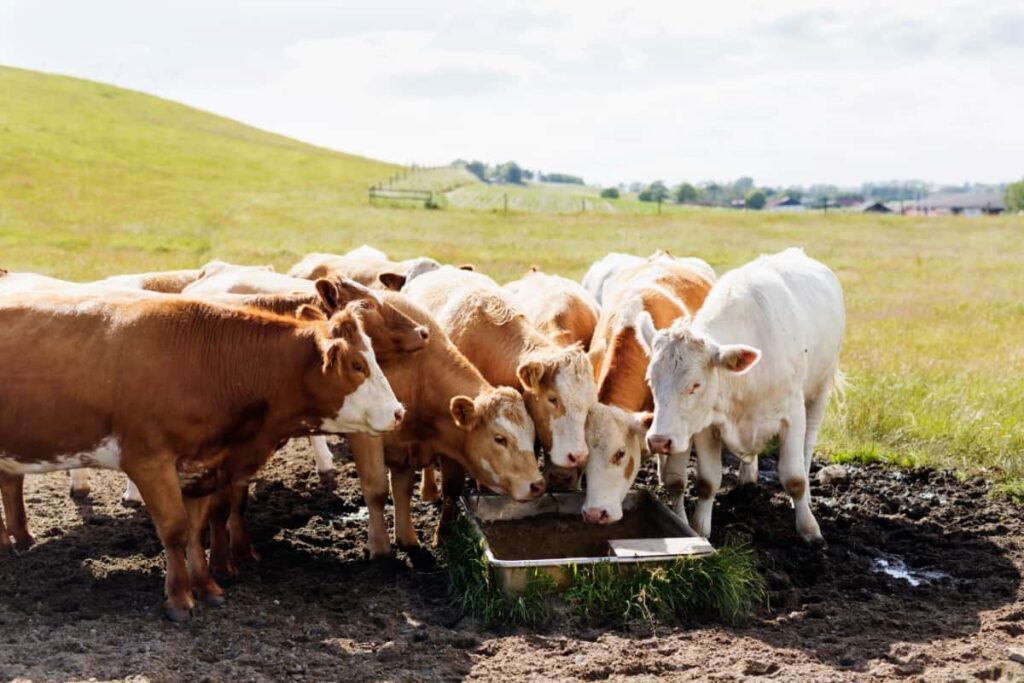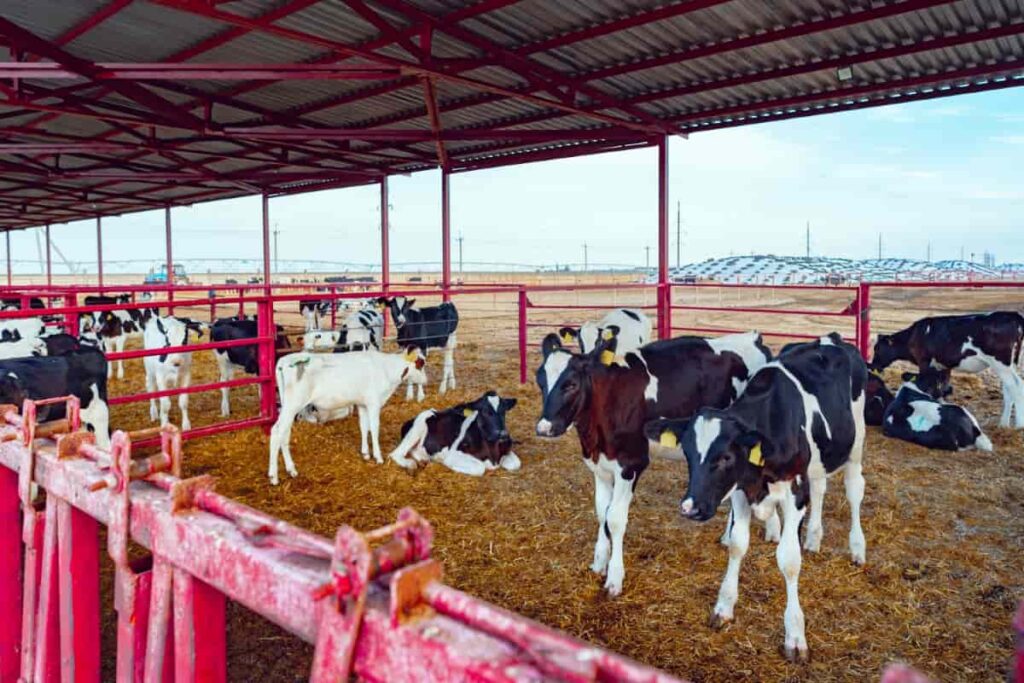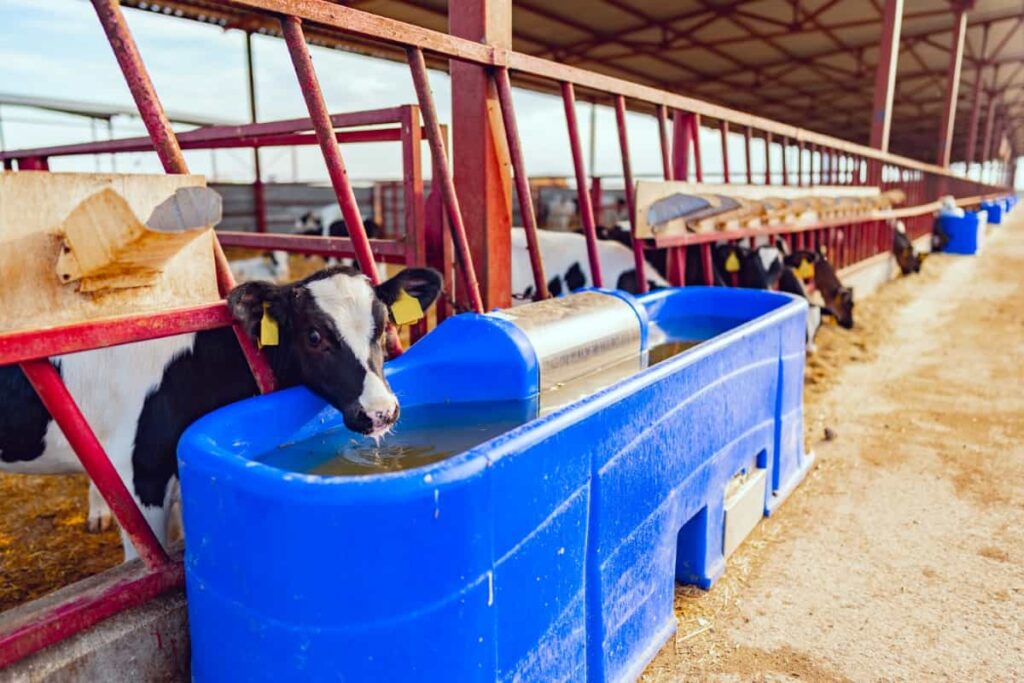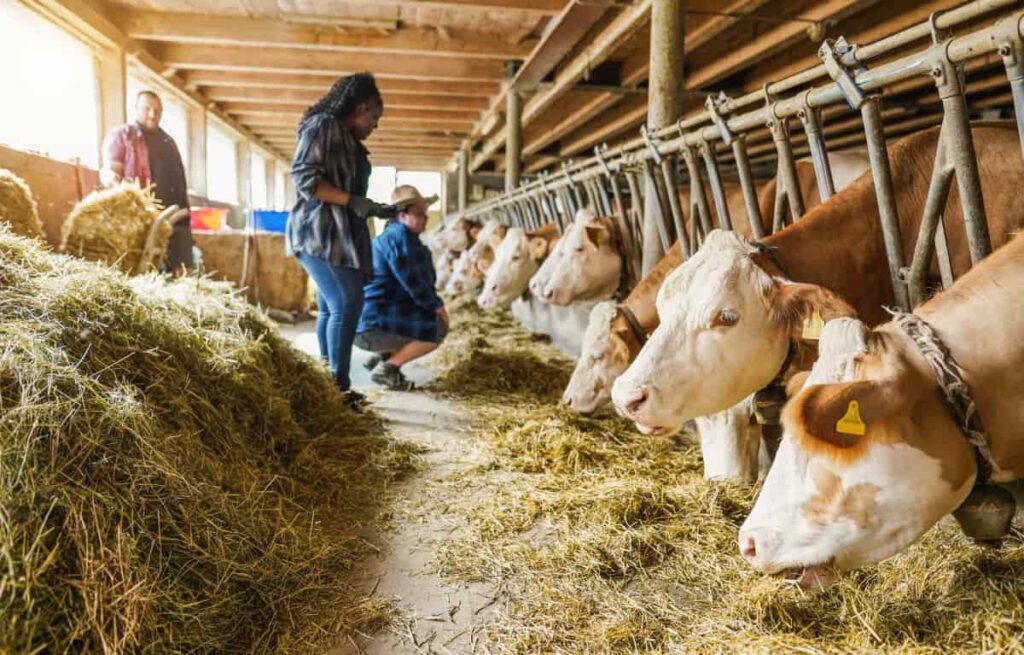As temperatures rise, it’s crucial to ensure that your livestock stays stress-free and healthy. With expert tips and innovative solutions, you’ll be equipped to beat the heat and keep your cattle thriving all season long. Understanding heat stress in cattle is the first step toward effective management. Signs like excessive panting, drooling, or reduced feed intake indicate they might be struggling with the heat.

Keeping Your Cattle Cool During Hot Summer Days
Understanding Heat Stress in Cattle
Signs and Symptoms
As the heat intensifies, it’s crucial to understand how heat stress can affect your cattle. Signs of heat stress in cattle are not always obvious, but being aware can make a significant difference in their well-being. One common sign is excessive panting and drooling as they try to regulate their body temperature. Additionally, you may notice reduced feed intake and weight loss due to the discomfort caused by the high temperatures.
Watch out for increased respiration rates and restlessness among your herd. Heat stress can also lead to decreased milk production in dairy cows or reduced weight gain for beef cattle. Watching these indicators will help you take prompt action to alleviate their discomfort during hot weather.
Impact on Health and Productivity
High-temperature levels can affect heat stress in cattle, causing health issues that can affect their overall well-being and performance. Heat-stressed cattle are more prone to reduced feed intake, weight loss, decreased milk production, and reproductive problems. Ensuring proper cooling mechanisms in place is essential not just for maintaining their comfort but also for safeguarding their health and optimizing productivity on the farm.
Shade and Shelter
Natural vs. Artificial Shade Solutions
Natural shade solutions like trees or hills can offer relief from the sun’s intense heat. However, artificial shelters such as barns or shade structures can also provide effective protection. Both natural and artificial shade options have their benefits and drawbacks. Natural shading may be more aesthetically pleasing and blend well with the environment, but it might not always offer sufficient coverage or protection. On the other hand, artificial shelters can be strategically designed to maximize cooling efficiency for your cattle.
Design and Placement for Maximum Efficiency
When it comes to keeping your cattle cool during summer days, the design and placement of shade structures play a crucial role in maximizing efficiency. Choose strategic locations for shelters where they can provide ample shade throughout the day. Consider natural elements like trees or hills to block out the sun’s rays effectively. Ensure that your shelter designs allow for proper airflow while blocking direct sunlight. This will help make a comfortable environment for your cattle to rest and cool down.
Water Management
Ensuring Adequate and Accessible Water Supply
Ensuring an adequate and accessible water supply is crucial in preventing heat stress among your livestock. Cattle can drink up to 20 gallons of water per day, so make sure they have easy access to clean water at all times. Place water sources strategically around the pasture or barn to encourage frequent drinking. Regularly check and clean the water containers to maintain quality and avoid contamination that could lead to health issues.
Cooling Systems: Sprinklers and Misters
Sprinklers create a refreshing environment by releasing water droplets that evaporate quickly, drawing heat away from the animals’ bodies. Similarly, misters emit fine sprays of water that cool the air around them, providing relief to overheated cattle. These cooling systems are not only beneficial for reducing heat stress but also for enhancing overall comfort and well-being.
In case you missed it: Dexter Cattle Breed: Overview, Characteristics, Uses, Disadvantages, Diet, Weight, and Price

Dietary Adjustments
High-Energy Feeds to Reduce Heat Production
High-energy feeds can help reduce heat production within their bodies, allowing them to regulate their temperature more effectively. Supplements rich in vitamins and minerals can also support your cattle’s overall health and help them cope with the stress of high temperatures. Electrolytes play a major role in maintaining hydration levels, especially when water intake may fluctuate due to heat-induced factors.
Supplements and Electrolytes to Support Heat Stress
During hot summer days, ensuring your cattle have access to proper supplements and electrolytes can play a main role in supporting their health. By providing supplements specifically formulated for heat stress support, you can aid in preventing dehydration and heat-related illnesses among your herd. Electrolytes like sodium, potassium, and chloride are vital for regulating bodily functions and promoting overall well-being in cattle during extreme heat conditions.
Ventilation Systems
Fans and Natural Airflow Design
Fans and natural airflow design are key components in maintaining a comfortable environment for your livestock. Proper ventilation helps circulate fresh air throughout the barn or shelter, preventing heat buildup and reducing the risk of heat stress among your cattle. Fans can be strategically placed to enhance airflow and create a cooling effect. Natural airflow design involves utilizing the layout of your facility to encourage the movement of air.
Monitoring and Maintenance for Optimal Performance
Regularly checking and maintaining cooling systems like fans, misters, and sprinklers is essential to prevent any malfunctions that could lead to heat stress in your livestock. Be diligent in monitoring water supply levels to guarantee that your cattle have continuous access to fresh, clean water. Regularly inspect shade structures and shelters to assess their condition and effectiveness in providing relief from the sun’s heat.
Cooling Ponds and Mud Baths
Design and Construction
Cooling ponds and mud baths are a natural way to help cattle beat the heat during summer days. When planning a cooling pond, consider factors like size, depth, and access points for easy entry and exit. Natural materials can be used to line the pond bottom, creating a comfortable resting spot for cattle to cool off. Mud baths offer another option for cattle to regulate their body temperature.
Management and Health Considerations
Managing the health of your cattle during summer days is crucial for their overall productivity. Ensuring proper management practices can help prevent heat stress-related illnesses and maintain a healthy herd. Health check-ups are important to identify any signs of heat stress early on. Additionally, implementing a vaccination schedule tailored to your herd’s specific needs can help boost immunity during stressful periods.
Adjusting Handling and Work Schedules
Planning Activities During Cooler Time of the Day
It can help minimize heat stress on your cattle. Early mornings and late evenings are ideal times for tasks like feeding, watering, and moving livestock. Consider scheduling important activities such as vaccinations or breeding procedures during these cooler periods to prevent unnecessary stress on your cattle. This can make a significant difference in their comfort and productivity levels.
Reducing Stress and Physical Exertion
One way to achieve this is by planning activities during the cooler parts of the day when temperatures are more bearable for both you and your livestock. Avoid handling or moving cattle during the hottest hours to prevent unnecessary stress. By adjusting work schedules and minimizing physical demands on your herd, you can help them conserve energy and stay comfortable in the heat. Monitoring their behavior for signs of fatigue or distress can also help you identify early indicators of heat stress before it escalates.
In case you missed it: Maximizing Profitability through Precision Livestock Management for Cattle Farms

Heat Stress Monitoring and Early Detection
Use of Technology and Tools
Utilizing technology and tools for early detection is crucial in ensuring the well-being of your herd. Investing in wearable sensors that measure vital signs like body temperature and heart rate allows you to monitor individual animals closely and identify any signs of distress promptly.
Remote monitoring cameras provide real-time visual insights into how your cattle are coping with the heat, enabling quick interventions when needed. When it comes to heat tolerance in cattle breeds, not all are created equal. Some breeds have natural adaptations that make them more resilient to hot weather conditions. Breeds like Brahman, Senepol, and Romosinuano are known for their ability to handle high temperatures due to their genetic makeup.
Implementing a Monitoring Program
By utilizing technology and tools, you can track temperature levels, humidity, and heat stress indicators in real-time. This data allows you to make informed decisions promptly. Setting up a monitoring system doesn’t have to be complicated. There are various options available, from wearable devices for individual animals to sensors placed in key locations across the farm.
In case you missed it: Common Dairy Cattle Diseases, Symptoms, and Treatment: Check How this Guide Helps Dairy Farmers

Conclusion
Heat stress in cattle can lead to various issues, affecting their overall performance and growth. Understanding the signs of heat stress in cattle is key to taking proactive measures. As temperatures rise, it’s crucial to ensure the well-being of your livestock. Heat stress can significantly impact their health and productivity, making it essential to implement effective cooling strategies.
- Profitable Village Farming Business Ideas in 2024
- High-Yield Aquaculture: Fast-Growing Fish for Farming
- Effective Fish Pond Construction Techniques for Beginners
- Irrigation and Water Management in Pineapple Farming
- Blossom to Harvest: Mastering Flowering and Pollination in Papaya Farming
- Pig Fattening Essentials: From Selection to Sale for Beginners
- Raising Wagyu Cattle: A Complete Guide for Premium Beef Production
- Soil Types and Their Water Holding Capacity
- Optimizing Irrigation Schedules for Coconut Groves for Enhanced Yield
